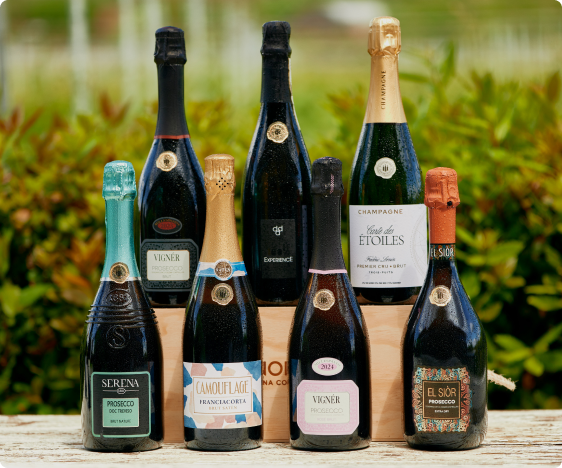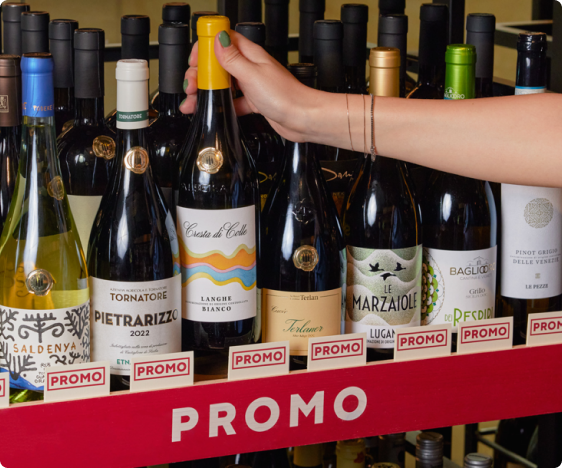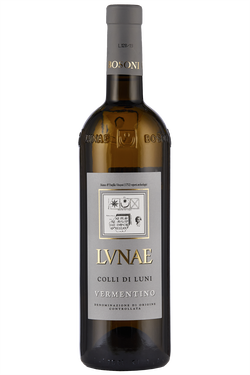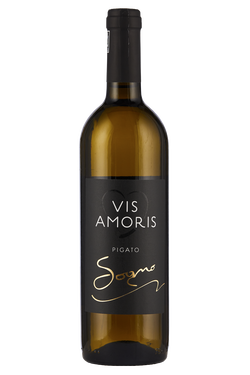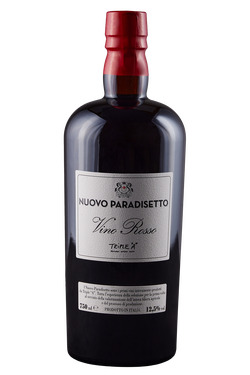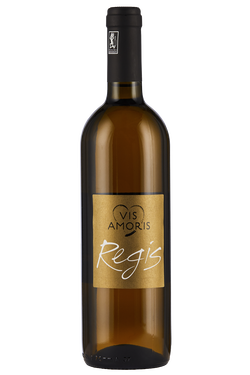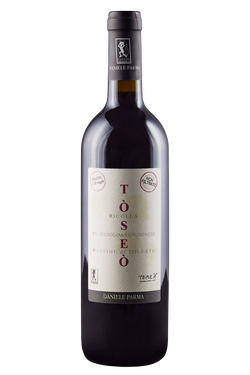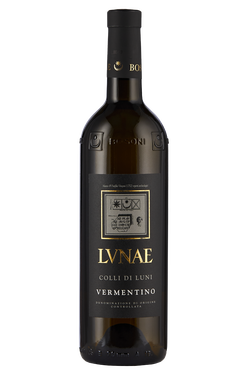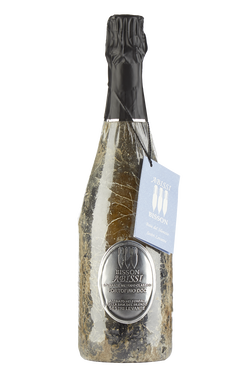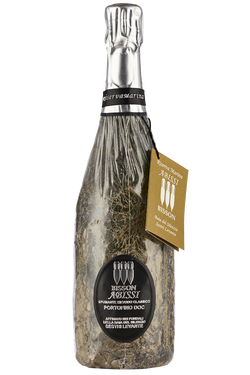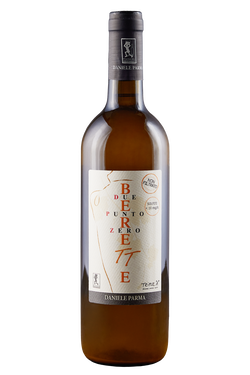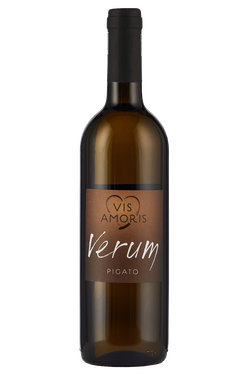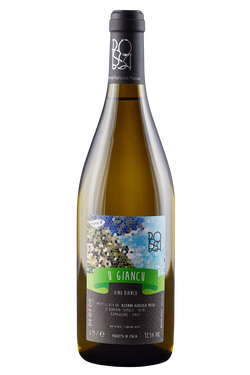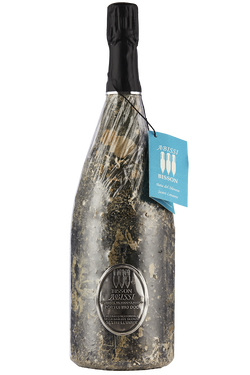- Wines >
- Liguria
The history and viticulture of Ligurian wines
Liguria has always been known for its multiple ports, and Ligurian wines are also part of its history. Its arch shape, which creates a natural inlet, has made Liguria, and Genoa in particular, one of the most thriving ports in the Mediterranean. It was the Greeks’ ships that imported the vines, and brought over various cultivation and vinification techniques. Then, the Romans fine-tuned these techniques, increasing the production of wine as well as improving the quality. Ligurian wine production has developed over the years thanks to the population’s maritime and land-based traditions. Even before the birth of the Republic of Genoa (1099), Ligurian sailors had begun to plant vine cuttings in various parts of the Mediterranean, on the hills above seaside villages called “fasce”, meaning terraces. Thanks to this initiative, there are numerous grape varieties in Liguria, some of which are very different from each other. As in the rest of Italy, Liguria’s grape varieties suffered the phylloxera epidemic in the late 19th century and their numbers reduced drastically. Before phylloxera destroyed the majority of them at the end of the 1800s, Liguria boasted over 300 grape varieties, while it only has 30 now. Ligurian viticulture finally found prosperity again in the second half of the 20th century, with the creation of a significant variety of top-quality Ligurian wines.
Wine production in Liguria
To produce around 46,000 hectolitres of wine a year, the wine-producing area currently covers 1,500 hectares, 65% in the mountains, 34% in the hills and 1% on plains. White wine dominates Ligurian production (65%), while the reds and rosé wines are less popular (35%). Liguria is traditionally divided into two areas, with Genoa as the watershed: the Riviera di Levante to the east of the region’s capital and the Riviera di Ponente to the west. This division has also been significant for wine production. The Riviera di Levante, which shares a border with Tuscany, tends to be used for blends, which is typical of Tuscan wines, and for the cultivation of grape varieties that are also very widespread in Tuscany, such as Sangiovese, Malvasia, Canaiolo, and Trebbiano. Meanwhile, the Riviera di Ponente tends to align itself with nearby Piedmont in its preference for monovarietal vinification, typical of Piedmont wines, and in the popularity of grape varieties like Dolcetto and Barbera. Almost 50% of Liguria’s entire wine production takes place in the La Spezia province, particularly in the Cinque Terre where white grape varieties are the most widespread and where processing is especially complex. People often talk about heroic viticulture in Liguria and especially in areas like the Cinque Terre where the terraces make any manoeuvring or activity more complicated than in other production areas. Although Liguria does not have any DOCG designations, it has 8 DOC designations and 4 IGT designations.
Ligurian Vermentino
Vermentino is the most widespread Ligurian wine. The grape variety of the same name occupies 70% of the white wine-producing area and 45% of the total area. This grape variety of Spanish origin reached Liguria via Corsica and requires a moderate, sunny, well-ventilated climate, dry soil and proximity to the sea. You can imagine how easily it adapted to Liguria’s climate and salty winds. Ligurian Vermentino is a lighter and more elegant wine than Sardinian, Vermentino but it varies according to the terrain. In fact, Vermentino tends to exude a significant minerality when it comes from the limestone terrain of Ponente, while it becomes more enveloping with the clay-rich soil of Levante. There are four Vermentino DOC designations in Liguria: Riviera Ligure di Ponente, Colli di Luni, Golfo del Tigullio, and Valpolcevera. Generally speaking, Ligurian Vermentino has a soft taste and an aroma of fruits like apple and peach.
Pairings with Ligurian wines
When deciding how to pair Ligurian wines, your first choice should always be with traditional Ligurian dishes. Firstly pesto, the flavours of which require a light, fresh-tasting, and aromatic wine. Pigato della Riviera Ligure di Ponente and Vermentino dei Colli di Luni are two perfect Ligurian white wines for pesto but, for red lovers, Rossese di Dolceacqua is ideal. Another perfect pairing for Pigato is cappon magro, a typical Ligurian seafood salad. A fresh-tasting wine like Valpolcevera Bianchetta Genovese, on the other hand, pairs sublimely with a sweet dish like Genoese meatloaf with ricotta and green beans. Golfo del Tigullio Bianchetta Genovese is perfect for another great Ligurian speciality with a delicate and slightly sweet flavour, focaccia di Recco. A wine like Ligurian Vermentino, meanwhile, is so versatile that it can accompany everyday dishes, but it is also light and fresh-tasting enough to be an excellent aperitif wine.

